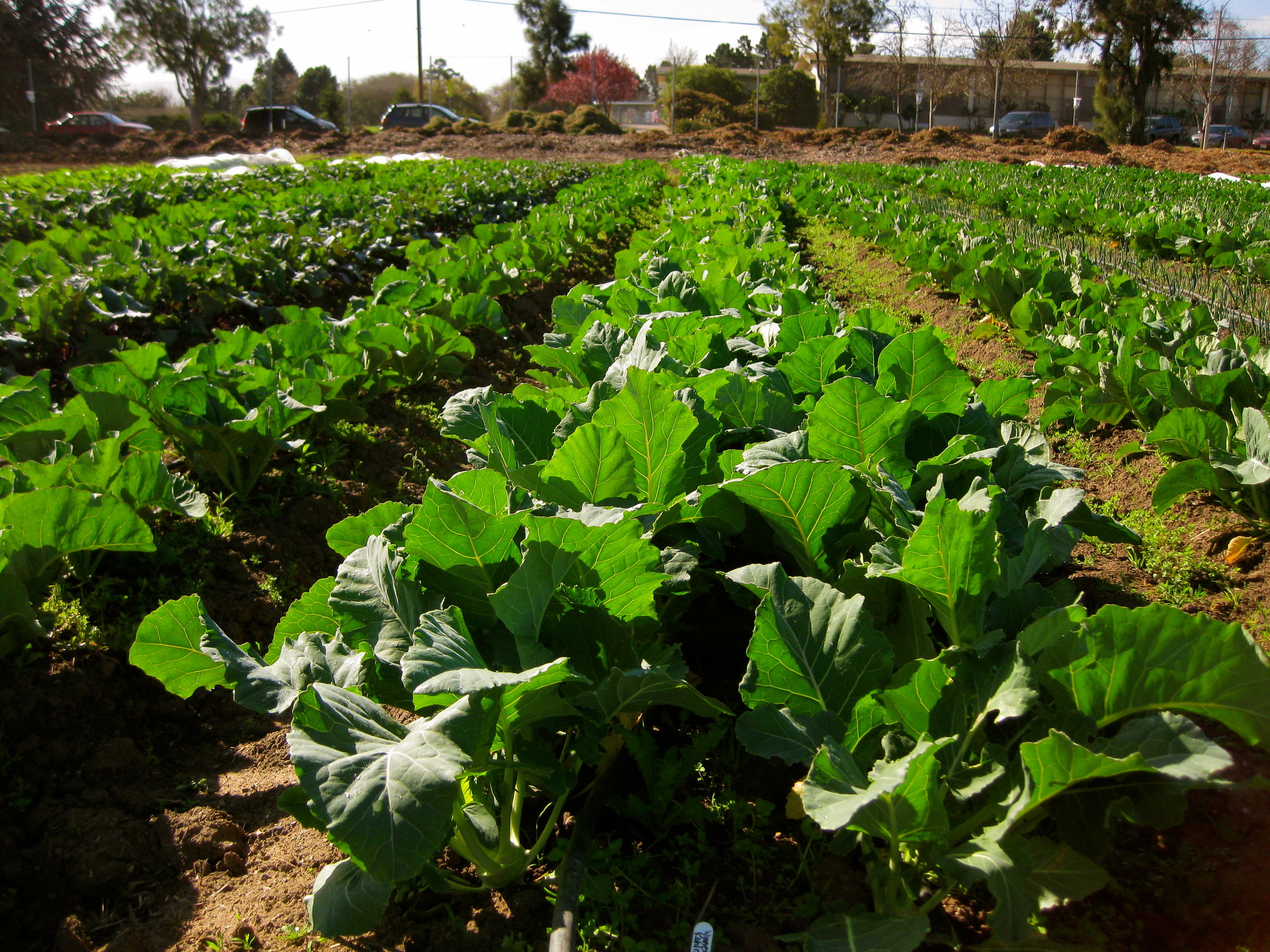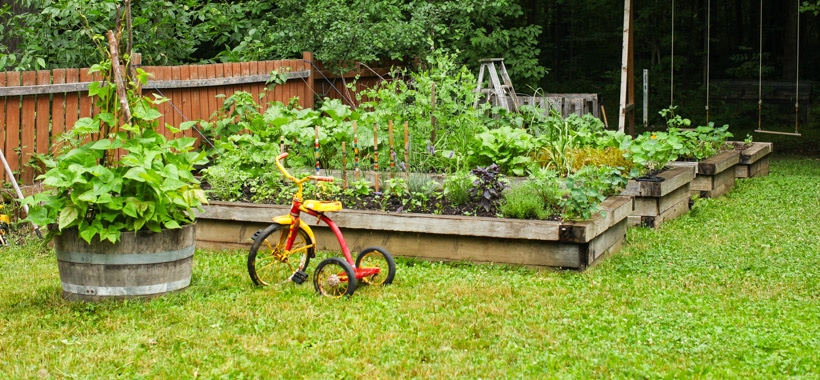The Best Plants to Pair in Homestead Gardening
The Best Plants to Pair in Homestead Gardening
Blog Article
Discover Necessary Tips for Effective Gardening Techniques and Practices
Gardening, usually viewed as a simple leisure activity, incorporates a variety of methods and methods that can significantly influence the result of your efforts. By prioritizing necessary elements such as soil health and wellness, reliable sprinkling strategies, and suitable plant option, gardeners can develop a flourishing ecosystem that supports dynamic growth. Recognizing the subtleties of parasite monitoring and seasonal upkeep can better boost performance. Yet, many enthusiasts overlook vital details that can make or break their gardening success-- exploring these overlooked aspects might disclose the trick to growing a growing garden.
Recognizing Soil Wellness
Soil wellness is an essential aspect of effective gardening, as it straight influences plant development, nutrient accessibility, and ecosystem equilibrium. Healthy and balanced soil is identified by a rich biodiversity of microbes, organic issue, and a well balanced pH level, which with each other create an atmosphere conducive to plant advancement.
To understand soil wellness, one must consider its physical, chemical, and organic residential properties. The texture and structure of dirt affect its capability to preserve moisture and nutrients, while the chemical structure establishes the availability of necessary elements like potassium, phosphorus, and nitrogen. Regular dirt testing is essential to examine these factors, allowing gardeners to make educated choices pertaining to fertilizers and amendments.
Additionally, advertising organic task within the dirt is essential for maintaining its wellness. Practices such as composting, plant turning, and making use of cover plants can boost microbial variety, boost nutrient biking, and lower dirt erosion. By prioritizing soil health, gardeners not only optimize plant growth but also contribute to a lasting environment, making certain that their horticulture techniques are ecologically accountable and resilient in time.
Effective Watering Methods
Guaranteeing that plants receive the suitable quantity of water is crucial for their wellness and growth, particularly when coupled with a strong structure of soil health (Homestead Gardening). Effective sprinkling techniques can considerably impact plant vigor, minimizing water waste and promoting optimum growth
One fundamental method is deep watering, which urges roots to grow much deeper into the dirt, enhancing dry spell resistance. This technique commonly entails watering much less frequently yet in larger amounts, allowing wetness to penetrate the origin area completely. Timing is additionally vital; early morning is the suitable time to water, as it reduces dissipation and allows foliage to completely dry during the day, minimizing disease dangers.
Additionally, utilizing compost can help maintain dirt moisture and control temperature level, further helping reliable watering practices. Using a drip watering system can also offer targeted dampness directly to the roots, making sure that water gets to where it's most required while preserving resources.
Monitoring rainfall and soil wetness degrees can guide modifications in your watering routine, making certain plants receive regular hydration without over-saturation. By adopting these efficient sprinkling strategies, garden enthusiasts can foster a flourishing atmosphere for their plants to grow.
Plant Option and Positioning
How can the ideal plant option and strategic placement transform a garden into a flourishing environment? The synergy between plant varieties and their placement is essential for producing a lively garden. When choosing plants, think about aspects such as climate, soil type, and sunlight exposure. Indigenous varieties are usually the very best selection as they are adjusted to local conditions and call for much less upkeep.
Strategic positioning involves arranging plants according to their development behaviors and requirements. Taller plants ought to be positioned at the rear of borders to prevent shielding much shorter plants. Additionally, organizing plants with comparable water and light requirements can boost their development and decrease competitors for sources.
Incorporating a variety of plants not only includes visual appeal yet likewise promotes biodiversity, bring in useful insects and pollinators. Take into consideration the seasonal modifications in your yard; choose a mix of perennials, evergreens, and annuals to make sure year-round rate of interest.
Last but not least, keep in mind to analyze the mature dimension of plants before growing to avoid congestion and Resources ensure appropriate air circulation. Thoughtful plant choice and strategic positioning develop a harmonious setting, allowing your garden to prosper while reducing obstacles.
Pest and Illness Monitoring
Effective bug and condition administration is crucial for maintaining a healthy yard ecosystem - Homestead Gardening. A positive technique, incorporating cultural, biological, and chemical methods, can significantly decrease the effect of parasites and diseases on your plants

Organic controls, such as introducing helpful pests like ladybugs or predative mites, can maintain parasite populations in check without harming the atmosphere. Furthermore, preserving plant wellness via correct watering, fertilizing, and trimming will boost their durability against illness.
When intervention is required, select targeted chemical treatments, guaranteeing to follow application standards to decrease injury to non-target microorganisms. Always prioritize sustainable techniques, as they advertise long-lasting garden health and ecological equilibrium. By incorporating these methods, garden enthusiasts can efficiently manage pests and conditions, guaranteeing thriving plants and an effective yard.

Seasonal Upkeep Practices
In springtime, focus on dirt preparation by screening pH levels and including needed amendments. Consistently evaluate emerging plants for insects and illness.
As summertime approaches, ensure adequate irrigation while keeping an eye on for signs of tension or illness. Prune back disordered plants to encourage air flow and reduce humidity around vegetation. This practice not just boosts plant health yet also promotes flowering and fruiting.
With the arrival of fall, it's time to prepare for wintertime. Tidy up fallen leaves and debris to avoid insect invasions, and take into consideration planting cover crops to improve dirt health. This period is also optimal for separating perennials and planting spring-flowering bulbs.
Final Thought
Successful gardening hinges on the integration of audio techniques in dirt health and wellness, watering, plant choice, insect administration, and seasonal maintenance. By prioritizing dirt screening and microbial diversity, employing reliable sprinkling methods, and choosing suitable plants, gardeners can develop growing environments.
By focusing on vital aspects such as soil wellness, efficient watering approaches, and ideal plant choice, gardeners can develop a successful community that sustains dynamic development. By focusing on soil wellness, gardeners not just enhance plant growth yet also add to a sustainable ecosystem, making certain that their gardening techniques are resilient and eco responsible over time.
Taller plants need to be positioned at the back of boundaries to avoid shielding shorter plants. Clean up dropped leaves and particles to stop pest invasions, and why not check here consider planting cover plants to enrich dirt health.Successful gardening joints on the integration of sound techniques in soil wellness, watering, plant selection, bug management, and seasonal maintenance.
Report this page